Start with our Chatbot. If it can't help, you'll have the option to be connected with a Librarian.
Archival materials are traditionally preserved in physical form by a Library or similar institution. Some of these materials may also be digitized and made available online. To learn more, please visit our Finding Primary Sources guide.
A website providing free public access to detailed descriptions of primary source collections (manuscripts, historic photos, etc.) maintained by libraries, archives, and museums throughout California.
See also: There is an online guide with information (mostly secondary sources) related to the History of the Labor Movement in the Central Valley that was built during Summer 2024.

Copyright @ The Regents of the University of California. All rights reserved.
